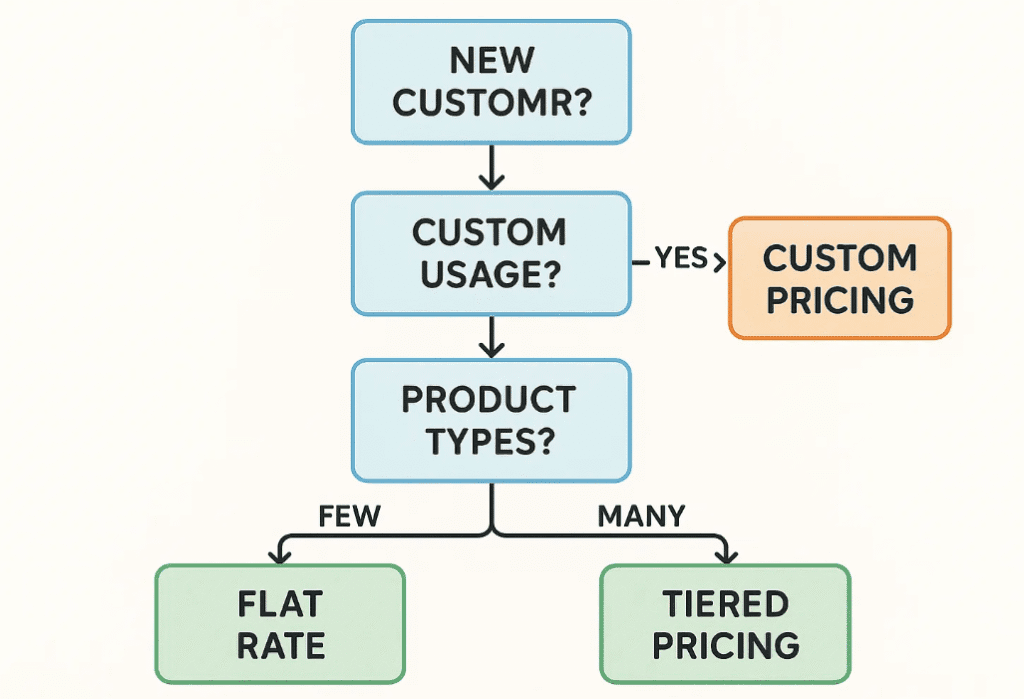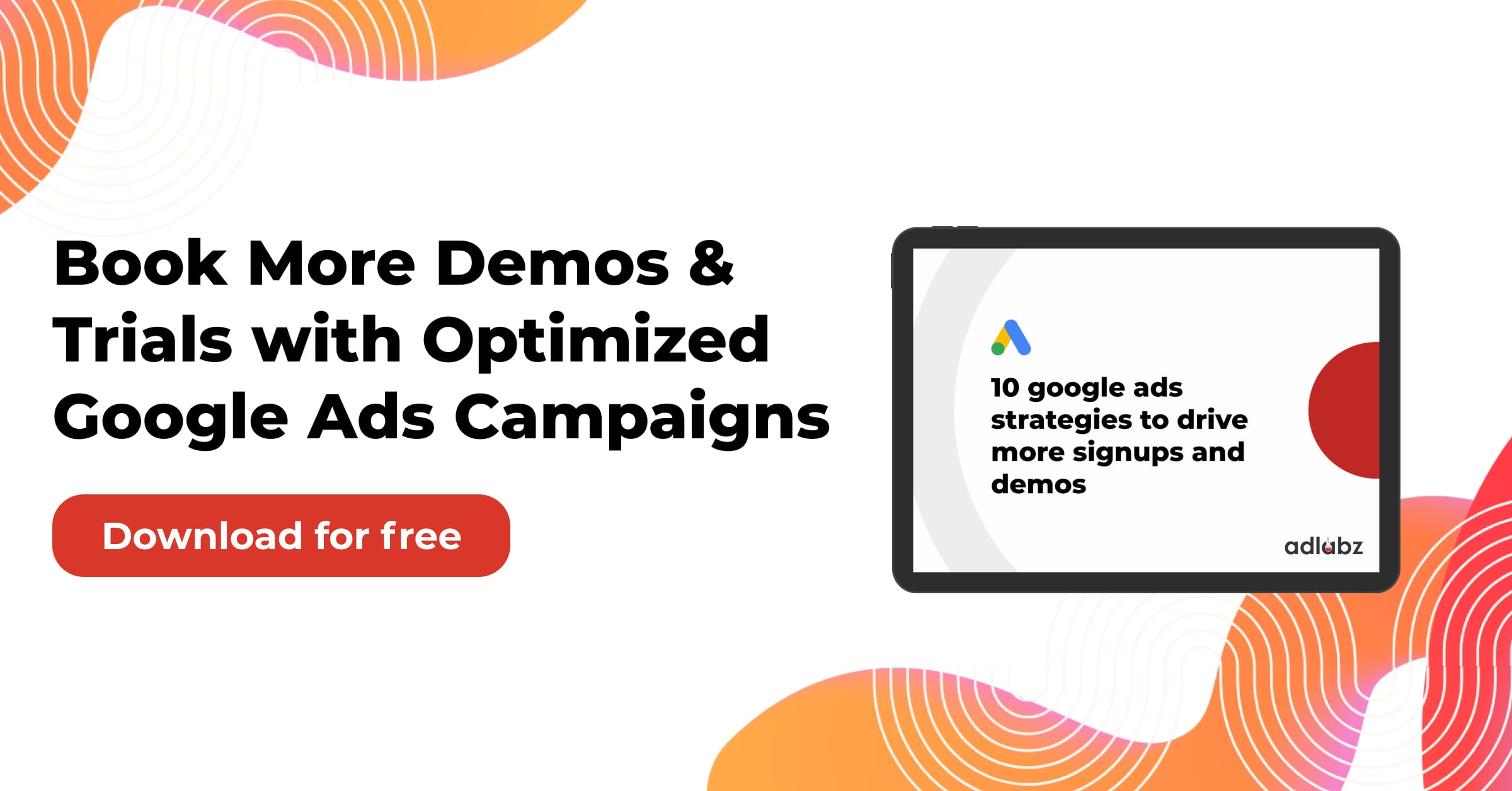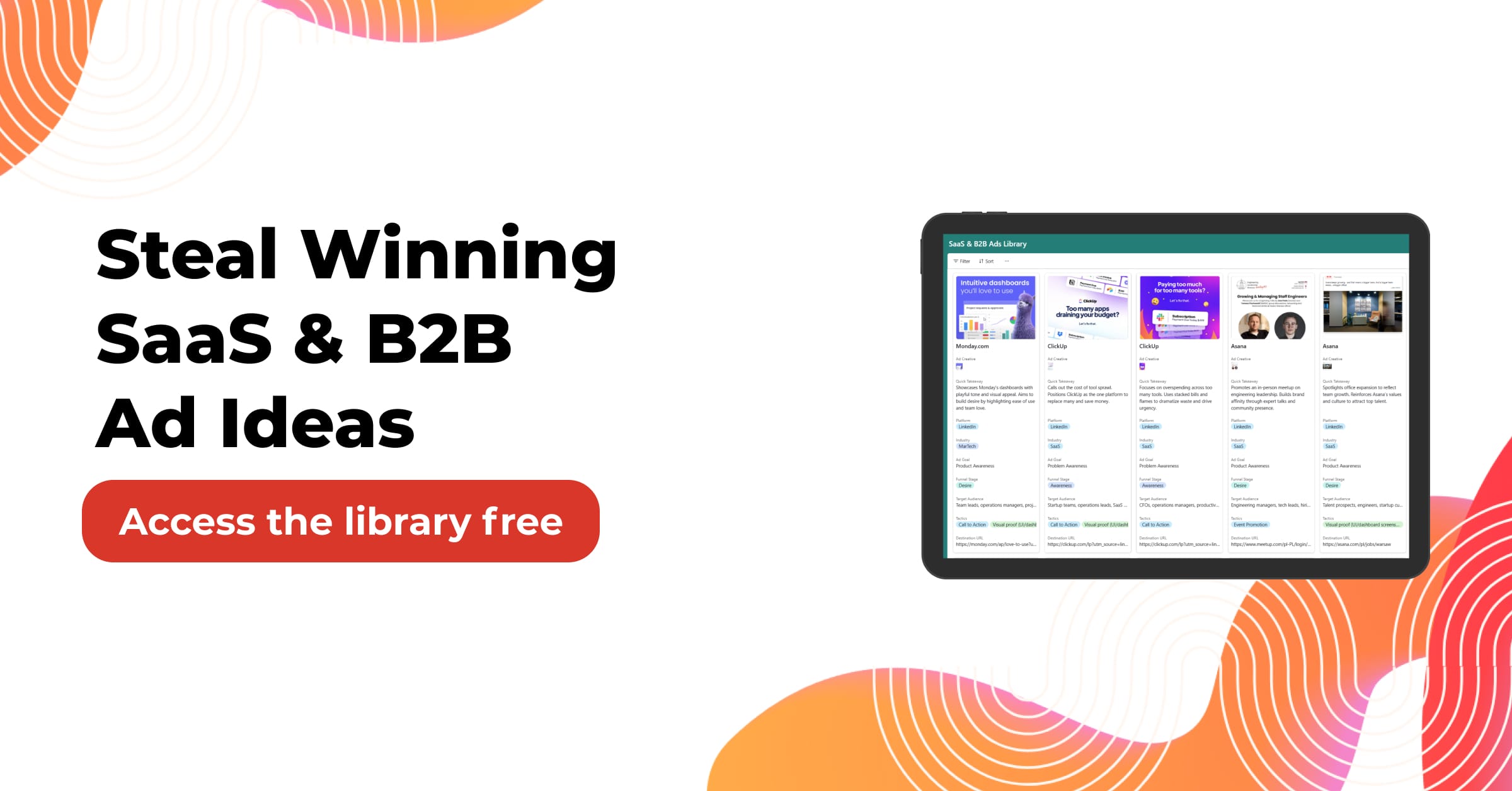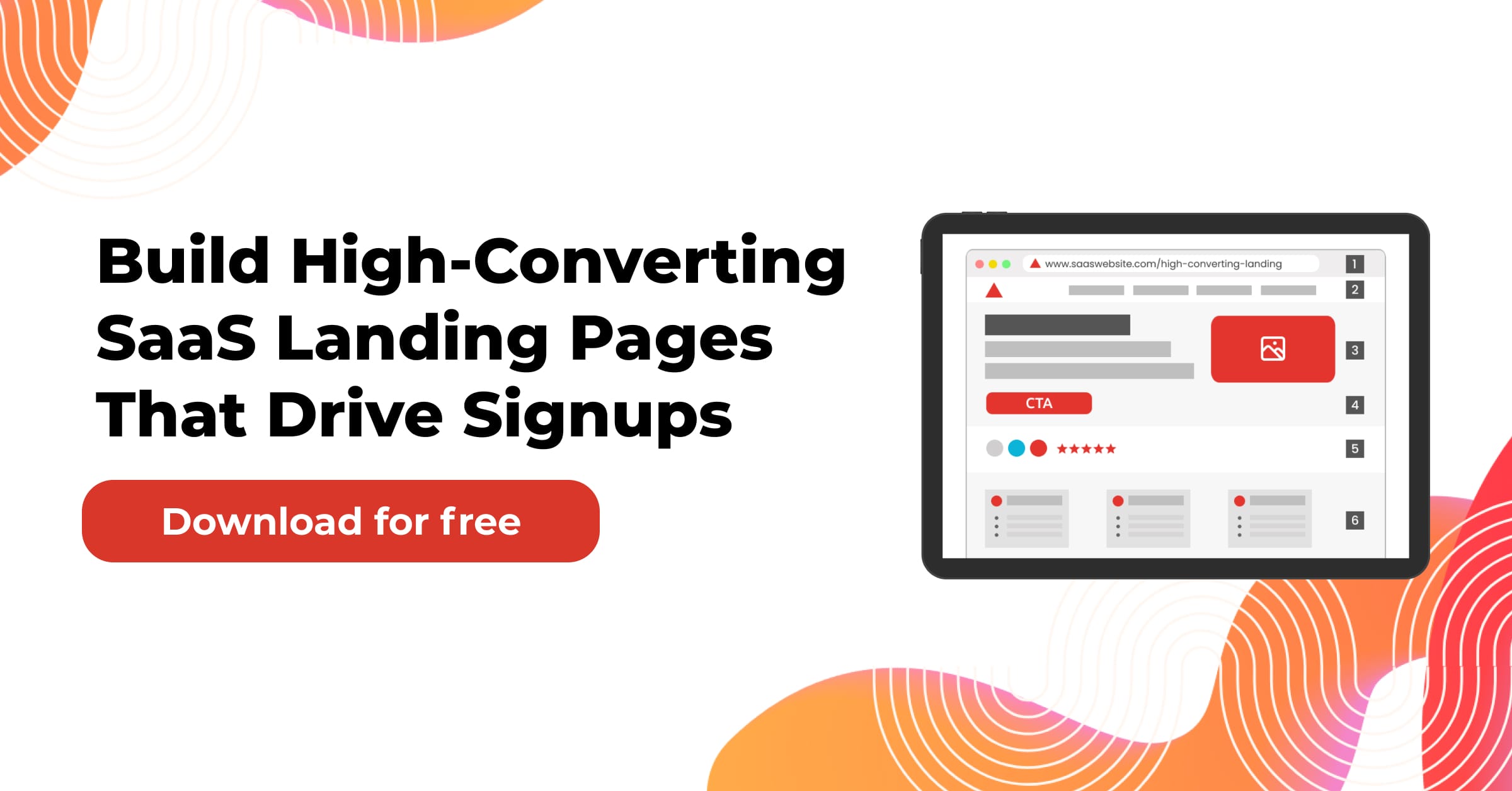Finding the right way to price a multi-tenant SaaS product is one of the biggest challenges founders and product teams face. A good pricing model can make your product more attractive, increase adoption, and drive revenue growth. On the other hand, poor pricing choices can slow customer acquisition or cause churn.
This guide explores practical pricing strategies for multi-tenant SaaS solutions and shows how to choose the model that best fits your customers and business goals.
Jump to:
Why Is Pricing So Important for Multi-Tenant SaaS?
Pricing does more than set a price on your product. It shapes customer perception, impacts sales cycles, and determines profitability. For multi-tenant SaaS products, pricing also reflects how efficiently resources are shared among tenants.
Imagine two similar SaaS tools: one priced per user and another priced per usage. The customer deciding between them is influenced not just by cost, but also by how the pricing aligns with their growth expectations and budget.
Example:
- A CRM tool with a per-user fee may be attractive to small startups with just 5 users.
- The same model might become expensive for an enterprise with 200 users, pushing them to competitors offering usage-based pricing.

How Do You Identify the Right Pricing Strategy?
Before choosing a model, you need clarity on what drives customer value. Start by asking:
- What metric best reflects how customers gain value from your SaaS?
- Does your pricing align with customer growth patterns?
- Are you encouraging adoption or discouraging it with your structure?
Framework for evaluation:
| Factor | Questions to Ask | Why It Matters |
|---|---|---|
| Customer Value | What feature or metric shows success for users? | Helps align price with actual usage. |
| Scalability | Will customers outgrow the plan too fast? | Prevents churn caused by cost jumps. |
| Simplicity | Can prospects easily understand the plan? | Complex pricing slows decisions. |
| Profitability | Does the model cover infrastructure costs? | Ensures long-term sustainability. |

Should You Use Flat-Rate Pricing for Multi-Tenant SaaS?
Flat-rate pricing means offering one fixed price for the product, regardless of usage or users.
Pros:
- Simple and easy to understand.
- Works well for small or early-stage SaaS products.
- Lowers barriers to adoption.
Cons:
- May undervalue heavy users.
- Limits revenue growth from expanding accounts.
Example:
A project management tool charges $29 per month with unlimited users. This attracts small teams but may lose revenue from enterprises that would pay more for premium features.
When Does Per-User Pricing Make Sense?
Per-user pricing charges based on the number of active users or seats.
Advantages:
- Easy for customers to budget.
- Scales naturally as teams grow.
- Familiar model across SaaS markets.
Challenges:
- It can discourage wide adoption in large organizations.
- Customers may share accounts to reduce costs.
Example:
Slack charges per user per month. Teams add users as they grow, but some enterprises cap adoption to control costs.
How Does Usage-Based Pricing Work for Multi-Tenant SaaS?
Usage-based pricing charges customers according to how much of a service they consume. This could be API calls, data storage, or transaction volume.
Benefits:
- Customers only pay for what they use.
- Easier adoption since there is no fixed barrier.
- Scales automatically with growth.
Risks:
- Harder to predict revenue.
- Customers may cut back usage during downturns.
Example:
AWS charges based on storage and compute usage. A startup can begin cheaply and pay more as its product grows.

Is Tiered Pricing the Best Fit for SaaS Products?
Tiered pricing offers multiple plans with different features and limits.
Why it works well:
- Customers can self-select based on needs.
- Enables upselling from lower to higher tiers.
- Flexible for different customer sizes.
Table Example:
| Plan | Features | Price |
|---|---|---|
| Starter | Basic features, limited storage | $19/mo |
| Pro | Advanced features, priority support | $49/mo |
| Enterprise | Unlimited features, custom integrations | $199/mo |
Should You Offer Freemium or Free Trials?
For SaaS, free access can drive adoption and reduce friction.
- Freemium: Permanent free plan with limited features.
- Free Trial: Full-featured access for a limited period.
Pros:
- Builds trust before commitment.
- Drives viral growth when users share free tools.
Cons:
- Freemium may attract non-paying users who consume resources.
- Free trials require strong onboarding to convert.
Example: Dropbox started with a freemium model, allowing users to upgrade as their storage needs grew.

How Can Value-Based Pricing Improve Revenue?
Value-based pricing means charging based on the measurable value customers receive.
Steps to implement:
- Research customer willingness to pay.
- Identify the metrics tied to ROI.
- Create plans that scale with value delivered.
Example:
If a marketing SaaS helps customers generate $10,000 in new revenue monthly, charging $500 feels reasonable.
What Role Does Hybrid Pricing Play in SaaS Growth?
Hybrid pricing blends multiple strategies. For example, a SaaS product may charge per user plus usage fees.
Advantages:
- Captures revenue from both adoption and consumption.
- Adapts to different customer types.
Example:
Zoom charges per user, but also adds usage costs for webinars or large events.
How Do You Test and Optimize Pricing Strategies?
Pricing is never final. Successful SaaS companies regularly test pricing to match market shifts.
Methods to test:
- A/B testing different tiers.
- Running surveys on willingness to pay.
- Monitoring churn after price changes.
Practical Example:
A SaaS email platform tested $49 vs $59 plans. The higher price did not impact conversion but increased revenue by 18 percent.
Image suggestion: Graph showing revenue lift from different pricing tests.
How Do Competitor Benchmarks Affect Pricing?
Competitors influence what customers expect to pay. Pricing too high or too low can affect positioning.
Steps:
- Research direct competitors’ models.
- Position your pricing slightly above if offering premium value.
- Stay competitive but avoid price wars.
Example:
If most project management tools cost $10 per user, pricing at $50 per user without clear differentiation will discourage adoption.
Should You Adjust Pricing for Different Markets?
Regional pricing helps expand into global markets. Customers in developing regions may have lower budgets compared to North America or Europe.
Approach:
- Offer localized pricing.
- Adjust based on purchasing power.
- Use geo-based billing systems.
Example: Spotify charges lower subscription fees in India compared to the US.
How Do Discounts and Promotions Affect SaaS Growth?
Discounts can accelerate adoption, but must be used strategically.
Pros:
- Reduces the entry barrier for hesitant customers.
- Encourages annual billing commitments.
Cons:
- It can devalue the product if used excessively.
- May attract price-sensitive customers with low retention.
Example: Offering 20 percent off for annual billing increases upfront cash flow.
How Do You Communicate Pricing to Customers?
Even the best pricing strategy can fail if communication is poor. Customers must understand what they get for each plan.
Best practices:
- Use simple language.
- Highlight key differences in tiers.
- Show ROI instead of just costs.
Example: Instead of saying “$99 per month,” explain “$99 per month to save 20 hours of manual work.”
How Do You Balance Affordability and Profitability?
One of the hardest parts of pricing a SaaS product is finding the sweet spot between affordability for customers and profitability for the company.
If prices are too low, you may attract customers quickly but struggle to cover infrastructure, support, and marketing costs. On the other hand, if prices are too high, prospects may choose cheaper competitors even if your product offers more value.
How to balance:
- Calculate Customer Acquisition Cost (CAC) and Customer Lifetime Value (CLV).
- Ensure pricing covers CAC within the first 6–12 months.
- Adjust based on customer segments; enterprise clients can pay higher than startups.
Example:
A SaaS analytics platform calculated CAC of $300 per user. With an average monthly plan of $50, the payback period is 6 months. Pricing below $40 would not be sustainable.
What Role Does Customer Segmentation Play in Pricing?
Not all customers value your product equally. A startup founder, a mid-size business, and a large enterprise may use the same features but assign different value to them.
Segmentation-based pricing strategies include:
- SMB Plans: Lower cost, essential features.
- Mid-market Plans: Advanced reporting, integrations.
- Enterprise Plans: Custom features, security, and SLAs.
Table Example:
| Customer Segment | Features Needed | Pricing Strategy |
|---|---|---|
| Startups | Core tools, low budget | Freemium or flat-rate |
| Mid-size | Integrations, collaboration | Tiered pricing |
| Enterprises | Customization, compliance | Value-based pricing |
Should You Use Psychological Pricing in SaaS?
Psychological pricing taps into human behavior to make prices more attractive.
Examples:
- Charm pricing: $49 instead of $50 feels cheaper.
- Anchoring: Showing a $199 plan next to a $49 plan makes the lower plan look affordable.
- Decoy effect: Adding a mid-tier plan nudges users toward the most profitable option.
Example:
A SaaS video editing tool offers three plans: $9, $29, and $49. Most customers choose $29 because it feels balanced, even if $9 covers their basic needs.

How Can Annual Billing Improve Cash Flow?
Monthly billing is attractive to customers, but annual billing improves company cash flow and reduces churn.
Benefits:
- Immediate cash inflow supports operations.
- Customers commit longer, lowering churn.
- Encourages stronger adoption since customers have already paid upfront.
Example:
A SaaS productivity tool offers $20 per month or $200 per year. Annual billing not only saves the customer two months but also ensures predictable revenue for the company.

How Do You Handle Add-Ons and Upsells?
Add-ons are extra features customers can purchase on top of their base subscription. They allow flexibility without overwhelming customers with large bundles.
Examples of add-ons:
- Extra storage
- Premium support
- API access
- Advanced reporting
Why it works:
- Customers pay only for what they need.
- Increases Average Revenue Per User (ARPU).
- Provides upsell opportunities over time.
Example:
Zoom charges extra for webinar hosting, even for customers already on paid business plans.
What Is the Role of Pricing Transparency?
Customers are more likely to sign up if pricing is clear. Hiding pricing behind a “Contact Us” button may work for enterprise plans, but it often discourages smaller customers.
Best practices:
- Display clear pricing on the website.
- Highlight what is included in each tier.
- Avoid hidden costs or extra fees.
Example:
Notion displays pricing tiers on its website, making it easy for individuals and teams to choose the right plan.
Should You Offer Custom Pricing for Enterprise Clients?
For large organizations, standard plans may not be enough. Enterprises often need custom integrations, compliance features, and dedicated support.
Benefits of custom pricing:
- Flexibility for complex requirements.
- Higher contract values.
- Long-term commitments.
Example:
Salesforce offers a contact form for enterprise customers to discuss customized pricing, which often results in six-figure deals.
How Do Currency and Localization Impact Pricing?
A SaaS product serving global markets must account for currency differences, exchange rates, and local purchasing power.
Approach:
- Offer pricing in local currencies.
- Adjust pricing for affordability in each region.
- Ensure taxes and VAT are included transparently.
Example:
Netflix adjusts subscription fees based on country, making it accessible in emerging markets.
Can Bundling Increase SaaS Adoption
Bundling means combining multiple services into one package at a discounted price.
Benefits:
- Encourages adoption of multiple features.
- Creates a perceived higher value.
- Differentiates from competitors.
- Example:
- Microsoft 365 bundles Word, Excel, Teams, and OneDrive into a single subscription, offering more value than individual tools.
How Do You Raise Prices Without Losing Customers?
Raising prices is necessary for SaaS growth, but it can cause backlash if done poorly.
Steps:
- Add value before raising prices (new features, better support).
- Announce increases early with clear reasons.
- Grandfather old customers into previous rates.
Example:
Spotify increased subscription prices but added more premium features to justify the change.

Should You Offer Discounts for Startups or Nonprofits?
Discount programs for startups or nonprofits can drive goodwill and long-term growth.
Pros:
- Attracts early users who may scale into higher-paying customers.
- Builds brand loyalty.
- Encourages community goodwill.
Example:
HubSpot offers steep discounts to startups in accelerators, knowing they will grow into enterprise-level customers.
How Do Churn Metrics Influence Pricing?
Churn rate shows how many customers leave each month. If churn is high, pricing may be misaligned with perceived value.
Ways pricing affects churn:
- Too expensive compared to the value delivered.
- Customers feel “locked in” without enough ROI.
- Free trial period too short to show value.
Example:
A SaaS invoicing tool reduced churn by extending its trial from 7 to 14 days, giving customers more time to see results.
Why Is Continuous Experimentation Key to SaaS Pricing?
No pricing model stays effective forever. Market competition, customer expectations, and product value evolve.
Methods to experiment:
- Rotate pricing page layouts.
- Test feature gating in tiers.
- Analyze feedback loops.
Example:
Spotify tested student discounts in limited markets before rolling out globally, ensuring adoption would offset revenue loss.
Conclusion
Pricing strategies for multi-tenant SaaS products require balancing customer value, profitability, and market positioning. From flat-rate to usage-based, freemium to enterprise custom plans, every model has trade-offs.
The key is to:
- Understand customer segments.
- Experiment with different models.
- Communicate pricing with clarity.
- Continuously adjust based on data.
The SaaS businesses that win are those that treat pricing not as a static number, but as an evolving part of their product strategy.
Final Thoughts on SaaS Pricing Strategies
Choosing pricing strategies for multi-tenant SaaS products is not a one-time decision. It requires continuous evaluation of customer value, competition, and business goals. The right approach balances simplicity, profitability, and scalability.
By testing models like tiered, usage-based, or value-based pricing, SaaS teams can align pricing with customer success and unlock long-term growth.





